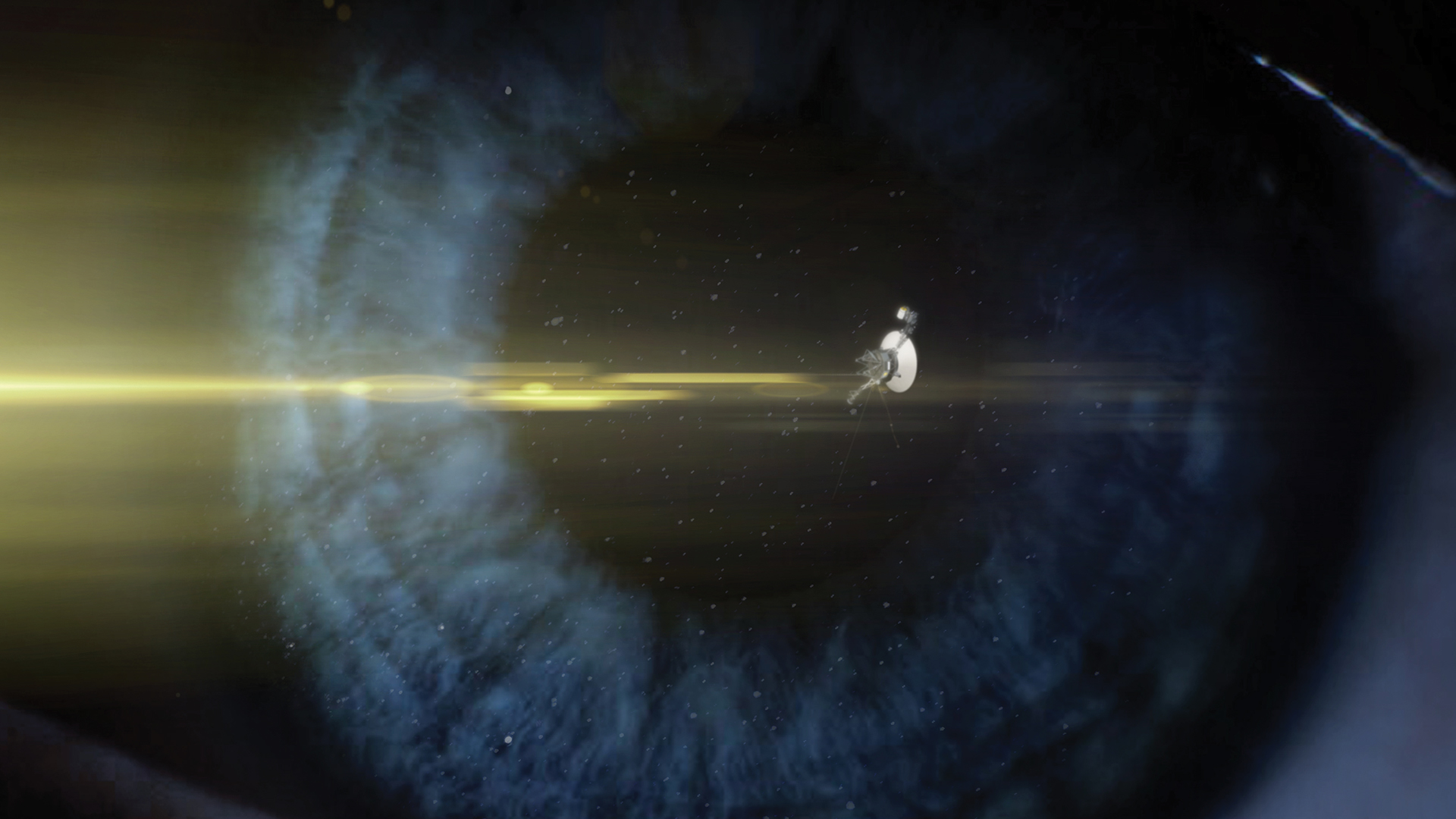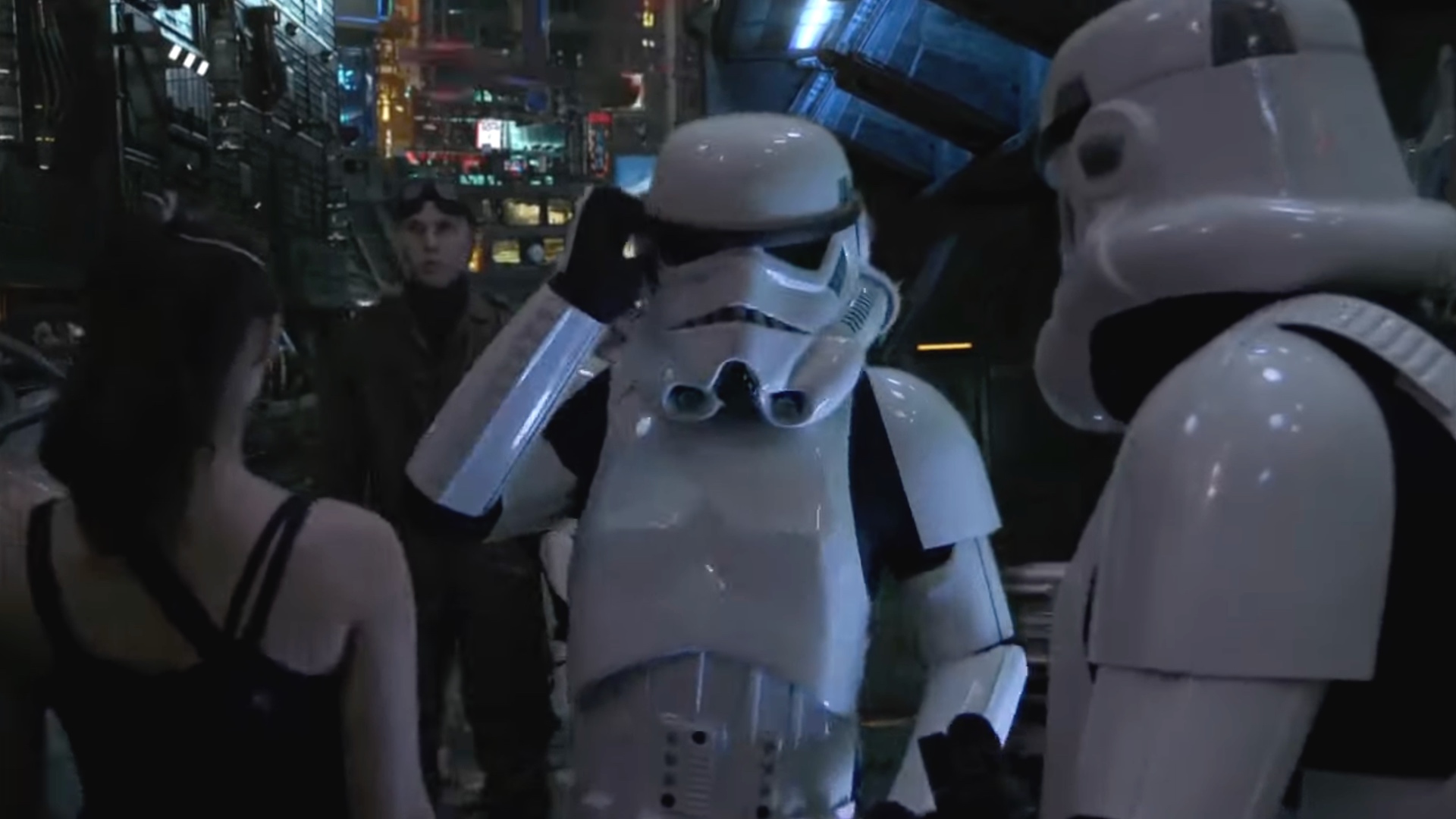Voyager Documentary 'The Farthest' Premieres at Tribeca Film Festival

NEW YORK — A new documentary follows the making and epic journey of NASA's two Voyager probes, which set out in 1977 and gave humanity its first close-up views of Jupiter, Saturn, Uranus and Neptune (and far-off view of Earth).
"The Farthest" had its international premiere Thursday night (April 20) at the Tribeca Film Festival in New York — the filmmakers are based in Ireland, and its national premiere was held there — and screenings will continue until Monday (April 24). (You can get tickets on the festival website.) If you miss it, though, never fear — the film is scheduled to air on PBS Aug. 23.
The documentary delves into the engineering that went into the two solar system probes, which still mark the farthest human-made objects have penetrated into space — Voyager 1 reached interstellar space in 2012, and Voyager 2 is on its way, each carrying a golden record filled with the songs, greetings and views of Earth. Scientists, engineers and even people whose voices appear on the record recall the crafts' turbulent journeys and the scientific discoveries made along the way in a powerful, visually dazzling ride.
"Right now, it's coming to the end and the beginning of a journey for us," Emer Reynolds, who wrote and directed the documentary, said in a Q&A after the film. "It's been two years of raising the funds and two years of making the film — and it's not quite Voyager's 12-billion-mile journey, but it kind of feels like it." The film premiered first in Dublin, and then at Tribeca, kicking off a tour of film festivals, Reynolds said.
"Toward the end of the year it will have its TV life, because it coincides with the 40th anniversary of Voyager's launch — so that's its trajectory," she added.
Email Sarah Lewin at slewin@space.com or follow her @SarahExplains. Follow us @Spacedotcom, Facebook and Google+. Original article on Space.com.
Breaking space news, the latest updates on rocket launches, skywatching events and more!
Join our Space Forums to keep talking space on the latest missions, night sky and more! And if you have a news tip, correction or comment, let us know at: community@space.com.

Sarah Lewin started writing for Space.com in June of 2015 as a Staff Writer and became Associate Editor in 2019 . Her work has been featured by Scientific American, IEEE Spectrum, Quanta Magazine, Wired, The Scientist, Science Friday and WGBH's Inside NOVA. Sarah has an MA from NYU's Science, Health and Environmental Reporting Program and an AB in mathematics from Brown University. When not writing, reading or thinking about space, Sarah enjoys musical theatre and mathematical papercraft. She is currently Assistant News Editor at Scientific American. You can follow her on Twitter @SarahExplains.
